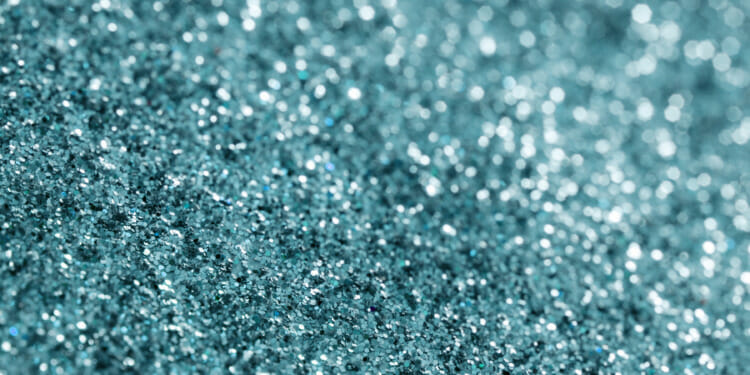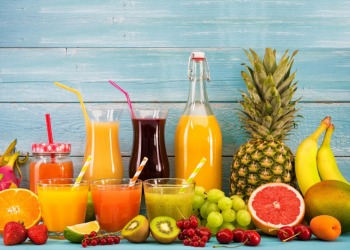For a few years now it has been apparent that glitter is bad for the environment. With the discovery of microplastics and a greater awareness of how they impact humans and the environment. Microplastics are absorbed or eaten by marine and aquatic animals and are consumed by humans as well.
The video below explains why microplastics are such a problem and how they impact marine and aquatic life.
Glitter is made from a plastic core and polyester PET film. PET, when it breaks down, releases chemicals that are harmful to humans and animals and can disrupt human and animal hormones.
What is being done to limit the use of glitter?
Some makeup brands are switching to mica based glitter, which is not harmful for the environment. Natural Mica became a problematic alternative, as child labor was used in mining it. Brands like Lush have switched to synthetic mica that is synthesized in a lab for their makeup products.
In 2018 60 British music festivals committed to banning plastic by 2021. Some schools and community centers are similarly banning the use of glitter.
While it is up to consumers to be the ones to avoid buying glitter, that will be virtually impossible if producers and retailers continue to sell it. Some retailers, like Hobby Craft have switched to biodegradable glitter. But is that a valid option?
How good is biodegradable glitter? What are alternatives?
Biodegradable glitter has become a popular alternative, although it isn’t clear how much better it is than conventional glitter. Some scientists have reported it isn’t much better at all. In one study, the biodegradable glitter led to an increase in New Zealand mud snails which indicates that biodegradable glitter is still disruptive to ecosystems and the food chain.
Bioglitter, a company that manufactures eco-friendly glitter, criticized the study and its methods. They wrote that the study used a dose of glitter that was 1000 times what they should have. Bioglitter was also not used in this study and claims that they have passed a multitude of other eco tests.
While the Bioglitter response is compelling, it doesn’t put an end to the debate. There may still be unknown consequences to eco-friendly glitter alternatives. Since it is relatively new and hasn’t had time to build up or impact ecosystems like traditional glitter, we still don’t know much.
There are some other alternatives to glitter that can have a similar glittery effect. For some crafts projects, crushed glass might be the best alternative, but isn’t ideal for young kids or beginners. In some places, mica may be naturally abundant in rocks, but it may not be safe to put on your skin.
Despite the promise of biodegradable glitter, we need to be aware that there is still a potentially unknown impact on aquatic life and ecosystems, including humans through the food chain. The upshot is that, for now, if you do find biodegradable or “eco-friendly” glitter in the market, you will need to do your own research and verify whether the company is giving an honest description of their product and its impact on the environment – at least until the Impakter sustainability Index will have covered this niche product and done the research for you.
And, if you’re into sustainable beautycare, you could just head to our ECO marketplace, where you’ll find a wide range of certified sustainable beauty products!
Editor’s Note: The opinions expressed here by Impakter.com columnists are their own, not those of Impakter.com. — Featured Photo: Blue Glitter. Photo Credit: Creativity103 via Flickr










